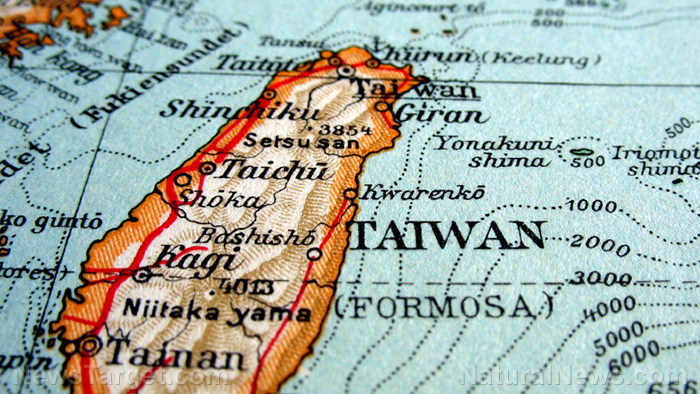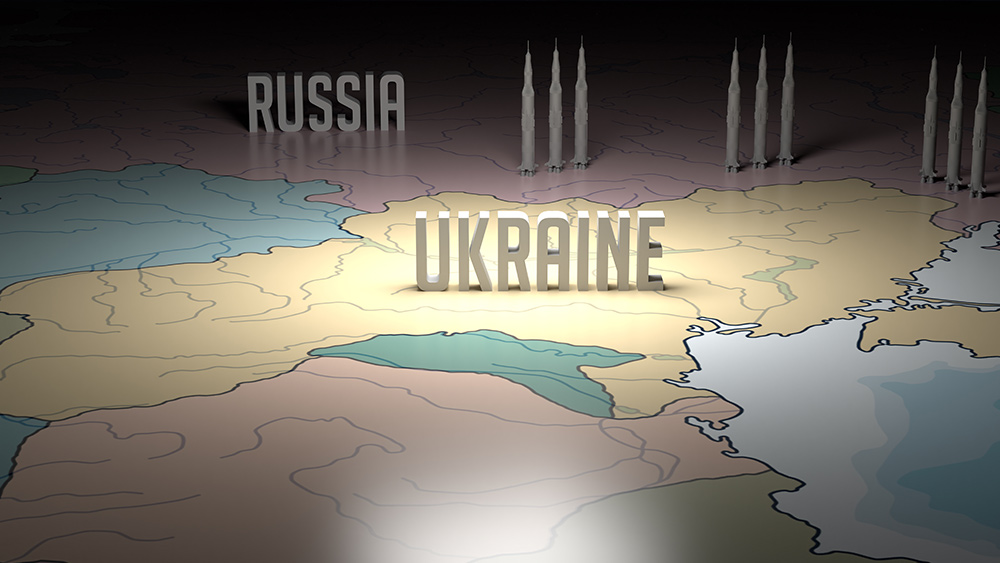90% of America’s semiconductor-grade neon comes from Ukraine
03/15/2022 / By Ethan Huff
A gas that is essential to the production of microchips could see supply disruptions amid the ongoing conflict in Ukraine.
About 90 percent of the semiconductor-grade neon used by the United States to produce chips comes from Ukraine, it turns out. And with Ukraine already cutting off exports of wheat, some worry that neon could be next.
Supply disruptions of palladium are also a concern. According to research firm Techcet, about 35 percent of America’s palladium supply, a rare earth metal used in the production of semiconductors, comes from Russia.
The Semiconductor Industry Association (SIA) argues that “the semiconductor industry has a diverse set of key materials and gases, so we do not believe there are immediate supply disruption risks related to Russia and Ukraine.”
The key word in this statement is immediate, suggesting that long-term supply woes could eventually manifest.
Chip shortages are already a problem as some vehicle, computer and other manufacturers are struggling to obtain what they need. Should anything interfere with supplies of neon and palladium, it could become impossible for the U.S. to obtain or produce chips.
This is what globalization looks like
The claim is that demand for chips rose substantially due to the Wuhan coronavirus (COVID-19) plandemic as people were forced to stay at home rather than socialize with others.
Increased demand for chips also occurred among enterprises that specialize in artificial intelligence (AI) for machine learning training. This industry is expected to grow by another 50 percent across all computing categories over the next several years.
The South Korean government has invested some $451 billion in semiconductor development to help meet the challenge. Intel has also invested about $20 billion in two new semiconductor foundries to fight the chip shortage.
“We are glad that the companies [Intel, Ford, GM] have been looking for creative solutions, because the private sector is best-positioned to address bottlenecks,” announced Secretary of Commerce Gina M. Raimondo in a blog post last month. “But the semiconductor supply chain remains fragile and it is essential that Congress move swiftly to pass the president’s proposed $52 billion in chips funding as soon as possible.”
Raimondo further explained in the post that median inventory for chips fell from 40 days in 2019 to less than five days in 2022. Most chip fabrication facilities are now running at more than 90 percent utilization just to try to keep up.
Some of the worst bottlenecks are occurring with legacy logic chips used in automobiles and medical devices, as well as analog chips used in power management, image sensors, radio frequency and other applications.
If Ukraine suddenly stops exporting the chips it makes, these bottlenecks could cause their applications to reach a breaking point. This would absolutely devastate the economy even worse than it already is.
Recognizing the need for more domestic chip production, the House of Representatives recently put forward its version of the U.S. Innovation and Competition Act (USICA), which would supply the domestic semiconductor industry with $52 billion in funding.
It could be too late, however, as the U.S. probably should have been shoring up domestic production years ago. Thanks to globalization, very little is produced in America anymore, and the consequences are becoming more than apparent.
“Get ready for a 9-1-1 level event in the U.S.,” wrote someone at Natural News about what he thinks might happen next to provide a distraction from all this.
“The mother of all false flags is coming to stop the mid-terms dead and it will be blamed on Russia. If Putin doesn’t reach his true goal in Ukraine quickly and use it, he will have handed the perfect cover to the Deep State.”
More related news can be found at Collapse.news.
Sources include:
Submit a correction >>
Tagged Under:
chaos, chip fabrication, Collapse, market crash, metals, microchips, neon, palladium, products, Russia, semiconductor, shortage, supply chain, Ukraine, World War III
This article may contain statements that reflect the opinion of the author
RECENT NEWS & ARTICLES
COPYRIGHT © 2017 WWIII NEWS





















